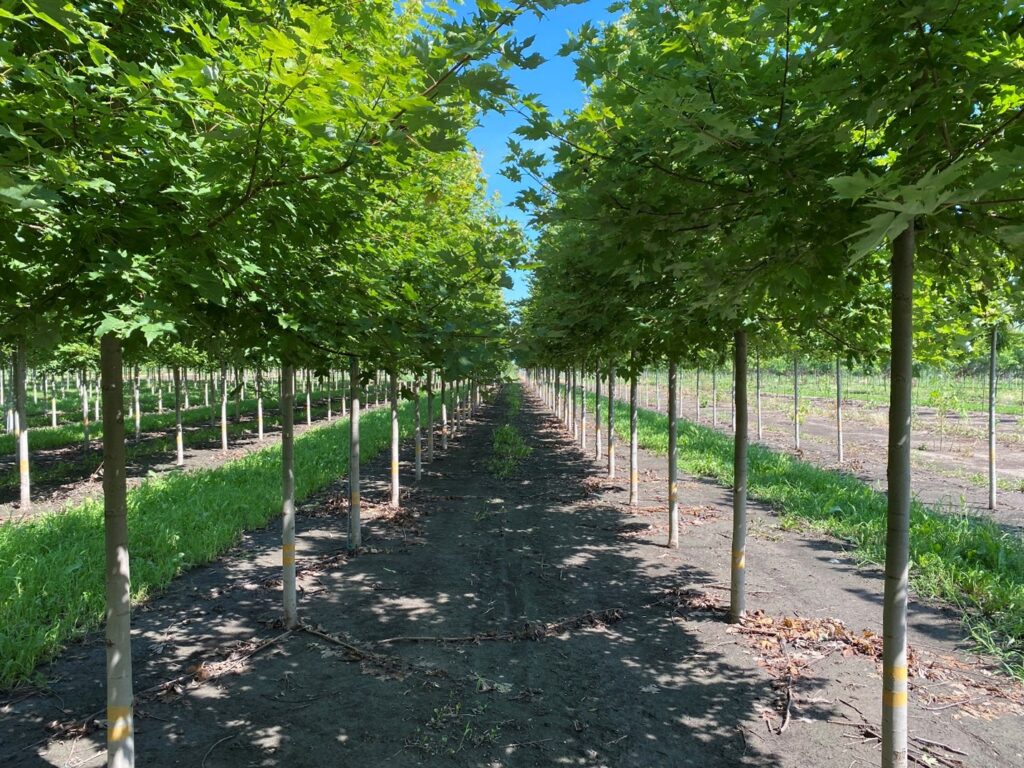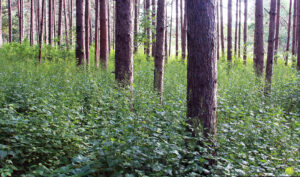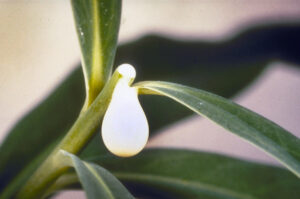By Erika Segerson-Mueller, DNR Invasive Plant Program Specialist, Oshkosh Service Center
Erika.Segersonmueller@wisconsin.gov or 715-492-0391

The slightly off-center silvery midrib of Japanese stilt grass leaves provides a key to identification. / Photo Credit: Leslie J. Merhoff, University of Connecticut, Bugwood.org
Want an advantage over your taller friends? Try propping yourself up on a pair of stilts. As its name suggests, this is precisely how Japanese stilt grass operates. It uses “stilts” (branching rootlets near its base) both as support and to sprawl over nearby plants.
Japanese stilt grass (Microstegium vimineum) is an invasive, warm-season annual grass. It grows one to three feet tall and has an aggressive, mat-like growth that creates dense patches and discourages native plants from establishing. It is also a prolific seed producer, with each plant producing up to 1,000 seeds that can easily spread over land and water during its growing season.
Continue reading “Japanese Stilt Grass An Aggressive New Invasive” →






